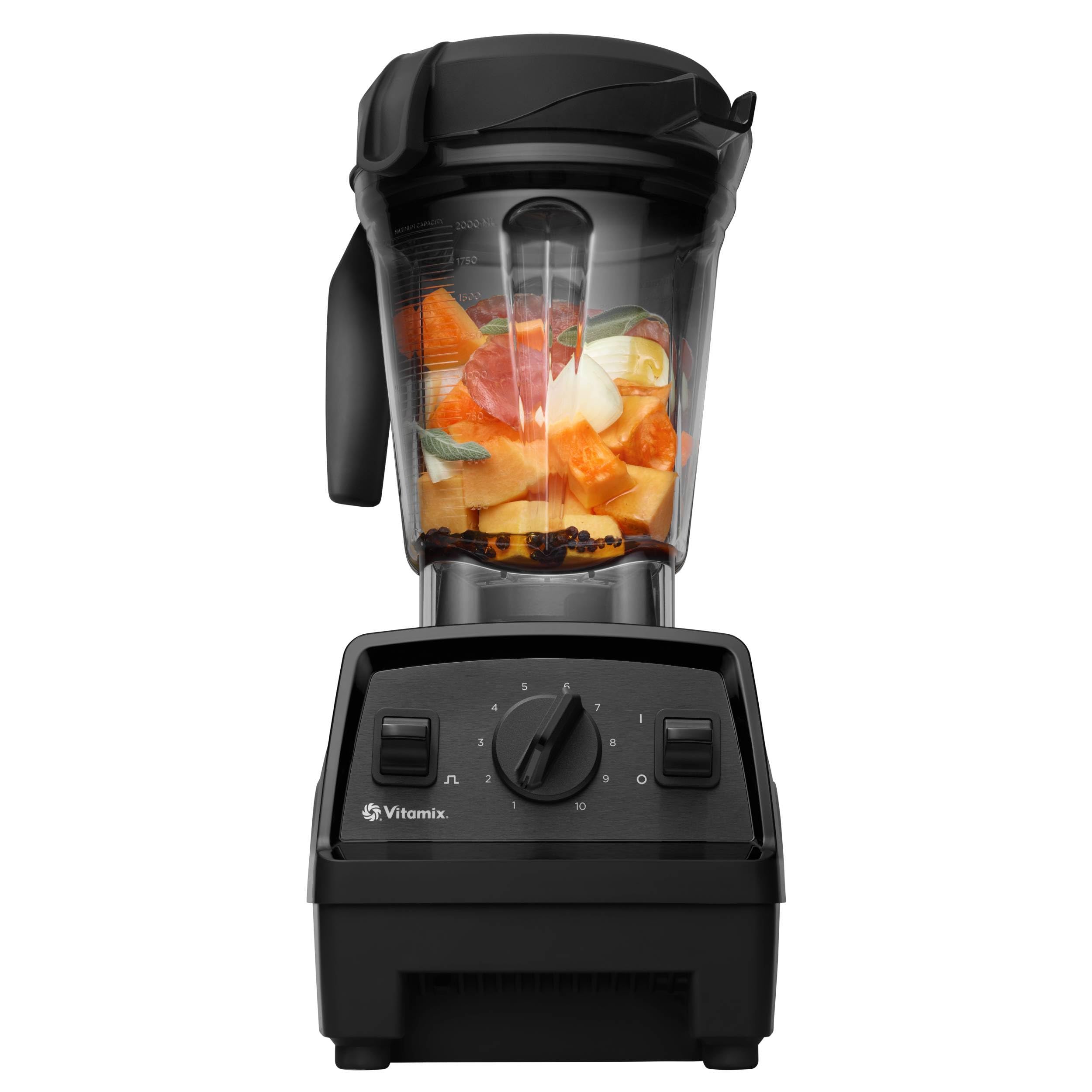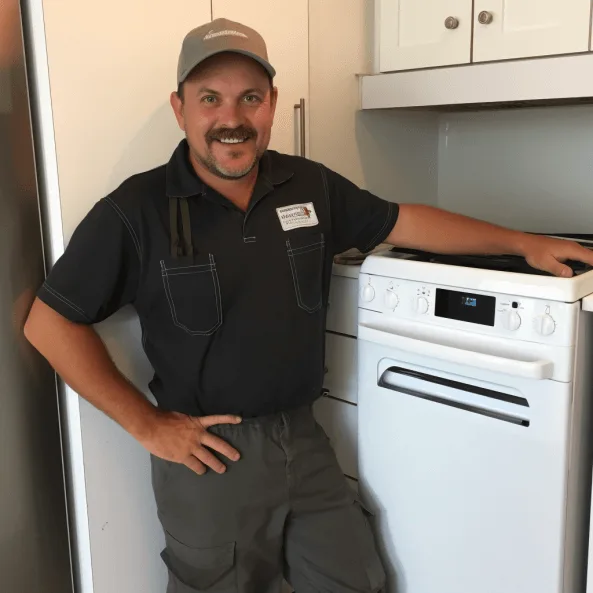Are you trying to decide between a heat pump and a furnace for your Bay Area home? You’re not alone. Many homeowners face this choice, especially with the region’s unique climate and energy needs.
Imagine cozying up on a chilly evening, wondering if your heating system is working efficiently. You want comfort without breaking the bank. This article will help you weigh the pros and cons of each option, guiding you toward the best solution for your space. By the end, you’ll feel confident in making an informed decision that suits your lifestyle and budget.
Key Takeaways
- Energy Efficiency: Heat pumps offer higher efficiency, being 300% to 400% more efficient than traditional systems, while furnaces typically have an efficiency range of 80% to 98%.
- Climate Suitability: The Bay Area’s mild climate favors heat pumps, but furnaces provide rapid heating for colder spells, making them reliable during extreme weather.
- Installation Costs: Furnaces generally have lower upfront installation costs compared to heat pumps, which can range significantly based on size and installation complexity.
- Environmental Impact: Heat pumps have a smaller carbon footprint since they use electricity rather than fossil fuels, aligning better with sustainability goals.
- Versatility: Heat pumps function as both heating and cooling systems, eliminating the need for separate units, whereas furnaces only provide heat.
- Long-Term Investment: Heat pumps tend to have a longer lifespan (15-20 years) compared to furnaces, making them a potentially better long-term investment despite higher initial costs.
Overview of Heating Options
When choosing a heating system, you have two primary options: heat pumps and furnaces. Each system presents unique benefits and drawbacks based on your specific needs and the Bay Area’s climate.





Heat Pumps
- Efficiency: Heat pumps transfer heat instead of generating it, which often results in lower energy bills. They can be 300% to 400% more efficient compared to traditional systems.
- Versatility: Heat pumps offer both heating and cooling functions. This dual capability means one system can handle your comfort all year round.
- Environmental Impact: Since heat pumps use electricity and not fossil fuels, they have a smaller carbon footprint, making them a more sustainable option.
Furnaces
- High Heating Power: Furnaces provide fast, intense heat, making them reliable for colder weather. They can quickly raise the temperature in your home.
- Lower Upfront Costs: Generally, furnaces may have a lower initial installation cost compared to heat pumps. This can make them more appealing if you’re working within a budget.
- Reliable Performance: Furnaces are known for their durability and longevity. With proper maintenance, they can function efficiently for 15 to 20 years.
- Climate Suitability: The Bay Area’s temperate climate means heat pumps often work effectively. However, if you experience occasional cold spells, a furnace might better meet high heating demands.
- Energy Source: Evaluate the availability of electricity versus gas. If gas is readily available and affordable, a furnace can be a cost-effective option.
- Installation and Maintenance: Both systems require proper installation and regular maintenance. Consult with local professionals to determine the best fit for your home.
Each heating option has specific advantages tailored to different circumstances. By assessing efficiency, cost, and climate compatibility, you can make a well-informed choice.
Heat Pumps in the Bay Area
Heat pumps offer an efficient alternative for heating and cooling homes in the Bay Area. They adapt well to the region’s mild climate, providing comfort year-round.
How Heat Pumps Work
Heat pumps transfer heat rather than generating it. In colder months, a heat pump absorbs heat from the outside air and moves it indoors. In warmer months, it reverses the process, removing heat from inside your home. This two-in-one function eliminates the need for a separate cooling system, enhancing overall efficiency.
- Energy Efficiency: Heat pumps use less energy than traditional heating systems. They convert electricity into heat at nearly three times the efficiency of electric resistance heating. This can lower your energy bills.
- Environmental Impact: By using electricity instead of fossil fuels, heat pumps reduce greenhouse gas emissions. They contribute to a cleaner environment, critical in the Bay Area.
- Versatility: Heat pumps provide both heating and cooling, eliminating the need for separate systems. This versatility simplifies maintenance and can save you money.
- Longer Lifespan: Heat pumps typically last 15 to 20 years with proper maintenance. This longevity makes them a reliable investment.
- Quiet Operation: Many modern heat pumps operate quietly, minimizing noise disruption in your home. This feature enhances your living environment.
- Incentives and Rebates: The Bay Area offers various incentives for energy-efficient systems. Check your local utility programs for potential rebates on installations and upgrades.
Choosing a heat pump in the Bay Area aligns with energy efficiency goals while addressing your heating and cooling needs effectively. Consider these factors to ensure optimal comfort and cost savings.
Furnaces in the Bay Area
Furnaces offer a reliable heating option for Bay Area homeowners. Understanding how they function and the benefits they provide can help you make an informed choice.





How Furnaces Work
Furnaces operate by heating air in a central unit and distributing it throughout your home via ductwork. Most commonly, furnaces use gas or electric power. Gas furnaces burn natural gas, while electric furnaces use electrical resistance to generate heat. When you set your thermostat, the furnace ignites or activates, warms the air, and pushes it through vents. This straightforward process efficiently raises the indoor temperature, ensuring comfort during cooler months.
Benefits of Furnaces
Furnaces come with several distinct advantages, especially in the Bay Area:
- High Heating Power: Furnaces can deliver significant heat quickly. This rapid response is crucial during unexpected cold snaps.
- Lower Upfront Costs: Typically, furnaces cost less to install than heat pumps. This affordability makes them an attractive option for budget-conscious homeowners.
- Consistent Performance: Furnaces provide reliable heating over many years. Proper maintenance ensures longevity, often exceeding 15 years or more.
- Energy Source Availability: Many homes in the Bay Area already have natural gas lines. Using an existing gas line for your furnace can yield cost savings.
- Variety of Options: Various furnace types exist, including single-stage, multi-stage, and modulating models, allowing you to choose based on your heating needs and budget.
Understanding these aspects of furnaces can help you determine if this heating system suits your home and lifestyle.
Key Comparisons
Understanding the differences between heat pumps and furnaces helps you make an informed decision. Here are key aspects to consider:
Energy Efficiency
Heat pumps excel in energy efficiency, using electricity to transfer heat rather than generate it. They achieve a high Seasonal Energy Efficiency Ratio (SEER), averaging around 15 to 20 SEER, depending on the model. This reduces energy costs significantly. In contrast, furnaces generally operate at 80% to 98% Annual Fuel Utilization Efficiency (AFUE). While they provide quick heating, their energy consumption tends to be higher, especially during cold spells. If energy savings are a priority, heat pumps may be the more economical choice over the long term.





Installation and Maintenance Costs
Installation costs vary between systems. A heat pump installation typically ranges from $3,000 to $8,000, influenced by factors like the unit’s size and the complexity of the installation. Furnaces can be more affordable upfront, often costing between $2,500 and $7,000. However, maintenance may differ. Heat pumps require maintenance once a year to ensure optimal performance, while furnaces also benefit from annual servicing but may incur additional costs for ductwork cleaning. Budgeting for both installation and ongoing maintenance is crucial.
Environmental Impact
Heat pumps significantly reduce greenhouse gas emissions due to their reliance on electricity. When sourced from renewable energy, their environmental footprint decreases. In contrast, furnaces, particularly those running on natural gas, produce emissions during operation. While modern furnaces are more efficient than older models, the environmental impact remains. If sustainability is important to you, heat pumps often provide a cleaner option, especially in regions that prioritize renewable energy sources.
Conclusion
Choosing between a heat pump and a furnace for your Bay Area home can feel overwhelming. Both options have their perks and drawbacks that cater to different needs and preferences.
If you’re leaning towards energy efficiency and versatility a heat pump might be your best bet. On the other hand if you prefer quick heating and lower upfront costs a furnace could be the way to go.
Ultimately it’s about finding the right fit for your lifestyle and budget. Consider what matters most to you and make the choice that’ll keep your home cozy and comfortable for years to come.
Frequently Asked Questions
What should I consider when choosing between a heat pump and a furnace in the Bay Area?
Consider energy efficiency, installation costs, maintenance requirements, and environmental impact. Heat pumps are more efficient and suitable for mild climates, while furnaces offer high heating power and potentially lower initial costs. Assess your heating needs and budget to make an informed choice.
How do heat pumps work?
Heat pumps transfer heat instead of generating it. They extract heat from the outside air and move it indoors for heating in the winter, and vice versa for cooling in the summer. Their dual functionality makes them a versatile option for year-round comfort.
What are the main advantages of heat pumps?
Heat pumps are highly efficient, environmentally friendly, and provide both heating and cooling. They can lead to lower energy bills, are quieter than many systems, and typically have longer lifespans when well-maintained, making them a great investment for homeowners.
What benefits do furnaces offer?
Furnaces provide powerful heating, making them effective in colder weather. They typically have lower upfront installation costs and are reliable with proper maintenance. Many homes already have natural gas lines, which can further reduce setup costs.
How do energy efficiency ratings differ between heat pumps and furnaces?
Heat pumps achieve a Seasonal Energy Efficiency Ratio (SEER) of 15 to 20, significantly lowering energy costs. Furnaces operate at an Annual Fuel Utilization Efficiency (AFUE) of 80% to 98%, but they often use more energy during the colder months.
What are the typical installation costs for heat pumps and furnaces?
Installation costs for heat pumps range from $3,000 to $8,000, while furnaces typically range from $2,500 to $7,000. Costs can vary based on the specific model and installation requirements, so it’s wise to obtain multiple quotes.
How often do heat pumps and furnaces need maintenance?
Heat pumps generally require annual servicing, which can help maintain efficiency and longevity. Furnaces may need additional checks for ductwork cleanliness and gas line safety, so plan for ongoing maintenance for both systems.
Are there incentives for installing energy-efficient heating systems in the Bay Area?
Yes, there are various incentives and rebates available for homeowners who install energy-efficient heating systems like heat pumps. Check local utility programs and energy efficiency initiatives for potential savings and benefits.

Hi, I’m Charlie, and I cover all things laundry here at Appliance Mastery.
I’ve spent over eight years working on washing machines, dryers, and dishwashers. I also have a degree in mechanical engineering, which helps me understand how these appliances really work.
I try to make every guide clear and practical. If you’re stuck with a noisy dryer or a leaking washer, I’ll help you figure out what’s wrong and how to fix it.
